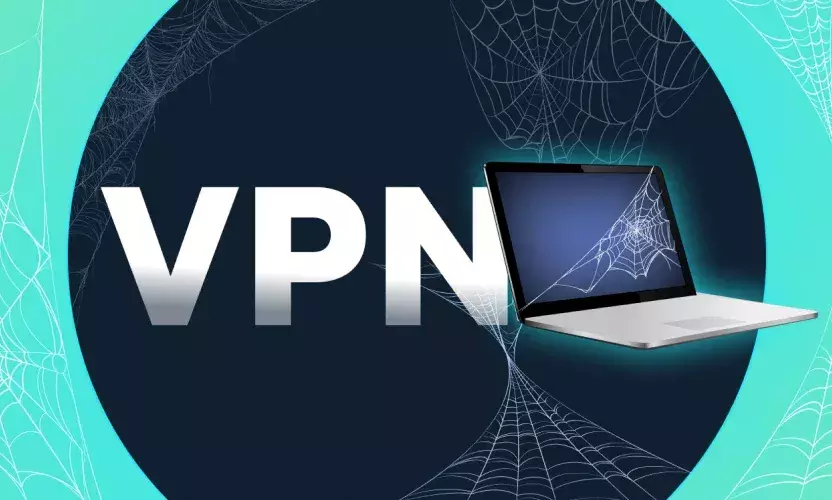
Why NAS Is Old School
In the mid-1990s, NAS devices were increasingly used as the system of choice to share files. This is because NAS was relatively easy to use and removed the burden and load of file serving from other servers on the network.
Users liked NAS, because it simplified sharing files within the organization. Likewise, IT admins were fans, because a single NAS replaced multiple file servers that created data management headaches.
The limitations of NAS came into high relief when users required access and sharing capabilities across multiple devices from remote locations. NAS servers just were not up to the task. And, the VPN access that was put in place to provide secure connections was slow and unreliable.
Because of this, old-school NAS appliances are being either mothballed and replaced with cloud storage solutions or relegated to the hinterlands and used for cold storage. This is due to their inherent limitations, especially when compared to cloud storage.
Drawbacks of NAS
Despite its capabilities, NAS has significant drawbacks that have led to its demise as a file-sharing solution. Among the limitations of NAS are the following.
- Creates unacceptable application lag and user experiences due to inadequate performance, when network traffic spikes.
- Does not have service guarantees to address user issues, such as problems with data lag, missing data, and lost data.
- Drags down network performance with increased LAN traffic.
- Has rigid storage capacity that requires predicting utilization and capacity requirements, which, when incorrect, leads to too much or too little, resulting in either performance issues or costly capital expenditures.
- Increases operational burden and drains IT budgets as admins are required to support and maintain complex NAS systems.
- Lacks adequate security as NAS subsystems do not include adequate access control and additional security capabilities, such as native data encryption, to meet business and compliance needs. IT teams must add these to NAS deployments as failure to bolster NAS systems with security systems leave organizations’ data at rest and data in motion at risk.
- Plagues IT with scalability limitations and complexity.
- Puts data at risk in the case of a natural disaster, theft, or fire at the location where on-premises NAS is used.
- Relies on hard disk drives (HDDs) to serve data, which creates I/O contention when too many users hit the system with simultaneous requests.
- Results in packets being delayed or sent out of order, making a file unavailable until all packets arrive and are put back in order—due to the limitations of Ethernet transfers.
- Suffers from latency in demanding environments with large file transfers, such as video production or sharing multiple large files.
Why Data Is Being Moved from NAS to Cloud Storage En Masse
Data, that was managed with NAS appliances, has moved or is moving to cloud storage at a dizzying pace. The reasons for the success of cloud storage are many and varied, including these.
- Built-in backup options make it easy to provide data protection and resiliency.
- Cloud service providers have the ability to procure and support best-of-breed security solutions
- Easy setup of a cloud file server—for simple deployments, a few clicks and a credit card are all it takes.
- High-availability options are accessible to ensure that users can access files quickly whenever they need without worries about file size.
- No need for IT support to create and maintain a cloud file server.
- Usage-based pricing and capacity provide elasticity to right-size storage based on actual demand.
There are many more benefits of cloud storage based on different use cases and types of organizations using it. Regardless of how big or small the deployment, cloud storage offers far more than old-school NAS ever can.

